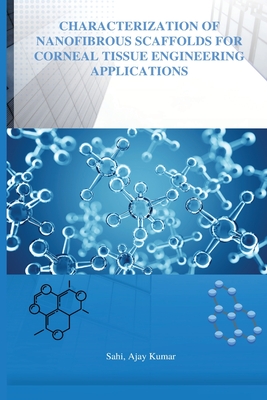You are here
Back to topCharacterization of Nano fibrous scaffolds for corneal tissue engineering (Paperback)
Description
The cornea is the outermost front component of the eye and it together with the eyelids and sclera serves to protect the interior section of the eye from injury or infection. The structure of the cornea is both transparent and avascular in nature. Together with its transparency, the curved curvature of the cornea adds to its refractive ability in the eye. Males have an average corneal diameter of 11.04-12.50 mm, while females have an average corneal diameter of 10.7-12.58 mm. Cornea provides approximately 40-44 D of refractive power and accounts for roughly 70% of total refraction. Cornea has a refractive index of 1.376. The cornea is composed of up to 78% of water and this precise degree of hydration is another critical aspect of the cornea's ability to operate as an optical element. Because the cornea is an avascular tissue, material movement into and out of it is largely dependent upon diffusion. The aqueous humour, which is situated just under the cornea, is essential for transporting growth agents and nutrition to the cells. Tears are the second pathway and the cornea's only supply of oxygen (O2). Diffusion is also used to remove waste products and carbon dioxide (CO2).The cornea is comprised of five different layers, which are as follows: three of these layers are cellular in nature, while the other two are membranous in composition. The epithelium, stroma, and endothelium are the three major layers of cornea. Bowman's membrane and Descemet's membrane act as a barrier between these three layers, separating them from each other.
